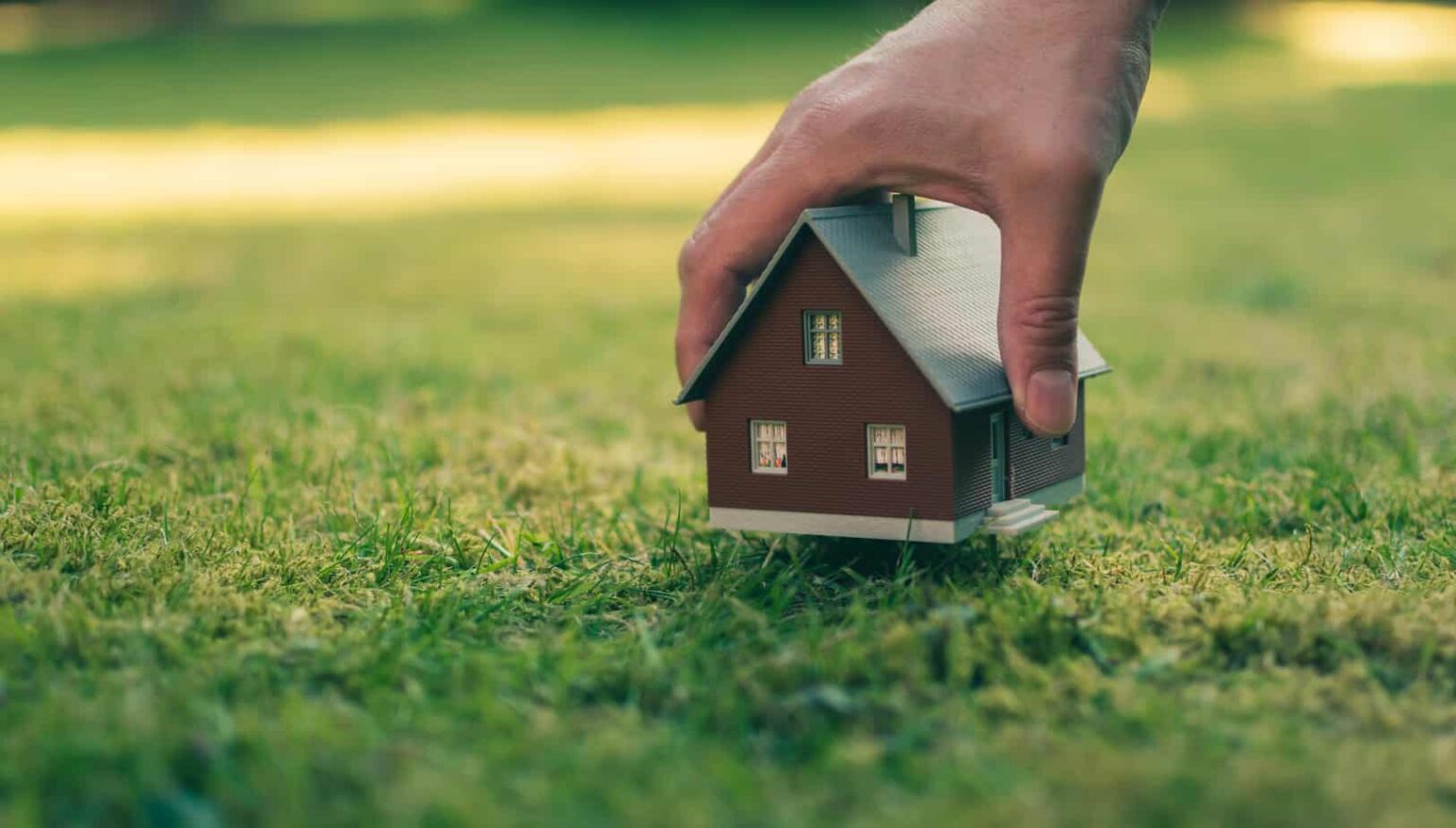Cop26, the UN’s Climate Change Conference taking place in Glasgow right now, is forcing everyone to look at the environmental impact of our actions. Changes in the housing sector could make a big difference.
Homes in the UK account for around 15% of the country’s greenhouse gas emissions, according to a report by the Climate Change Committee (CCC). Of the UK’s almost 30 million residential properties, a huge amount of existing, older housing stock would need to make some big changes to enable the government to meet its net-zero target by 2050.
The pledges being made during the Cop26 conference spell some big changes across many industries. In the housing market, the challenge of retrofitting homes to enable them to meet energy efficiency standards is significant.
New-build properties are among the few that generate the smallest carbon footprints. They tend to be built with the most modern insulation methods, highly efficient windows and doors, as well as interior aspects that contribute to lower utility usage.
Cop26: What can landlords do?
As the world as a whole becomes more environmentally conscious, particularly with some of the statistics brought to light by Cop26, people will be more inclined than ever to play their part. This will apply to many tenants in the private rented sector, who make up around a fifth of all households in the UK.
While investing in a new-build property is one way property investors and landlords can ensure the greenest credentials for their rentals, this isn’t always possible. One online agency, Mashroom, has come up with a list of suggestions that investors could consider to not only lower their own carbon footprint, but engage with a wider range of tenants who are becoming ever more environmentally aware.
- Electric car charging points: There are now around 345,000 electric cars on the road in the UK. This jumps to 675,000 if including plug-in hybrids. That’s a huge and growing market of potential tenants a landlord could attract with an electric charging point.
- Solar energy: Solar electricity is a low carbon, renewable energy, and it can drastically cut the bills of a prospective tenant.
- Upgrade windows: A huge amount of heat can be lost through windows, increasing costs for the inhabitant, making the home chillier and greatly adding to a property’s emissions. Double and even triple glazing is a great option for many properties.
- Smart meters and new boilers: Both of these measures could make a big difference, although one is obviously a much cheaper upgrade than the other. But when homes need to meet new MEES standards in 2025, a new boiler could be an investment that pays off.
- LED bulbs: Another simple but effective way to cut costs and lower the carbon footprint of a home. Since September 2021, halogen bulbs are no longer allowed, and the move to eco-friendly LEDs could reduce CO2 by around 1.26m tonnes.
- Insulation: Well-insulated homes are warmer, less draughty and use a lot less energy. Insulation can be retrofitted both internally and externally, and can make a big difference to a home.
Help available
A spokesman for the Department for Business, Energy and Industrial Strategy (BEIS) says: “Huge progress is already being made in improving the energy efficiency of UK homes, and we are investing almost £6.6bn to support people to install energy efficiency measures to help reduce monthly energy bills.
“We have set out plans to support low income households in particular, ensuring they are some of the earliest to benefit from the move to net zero.”
At the moment, all privately rented homes in the UK must have an energy performance certificate (EPC) rated at a minimum of E. There is a target for this to be raised to a minimum of C by 2030, or even 2025.
For landlords who own homes that don’t meet the standards, there is a spending cap of £3,500 including VAT. This means that the owner must spend up to this amount making improvements, even if those improvements don’t enable it to reach the minimum rating.
The government also offers a Green Deal, where eligible property owners can apply for a loan to improve their building’s energy efficiency.










